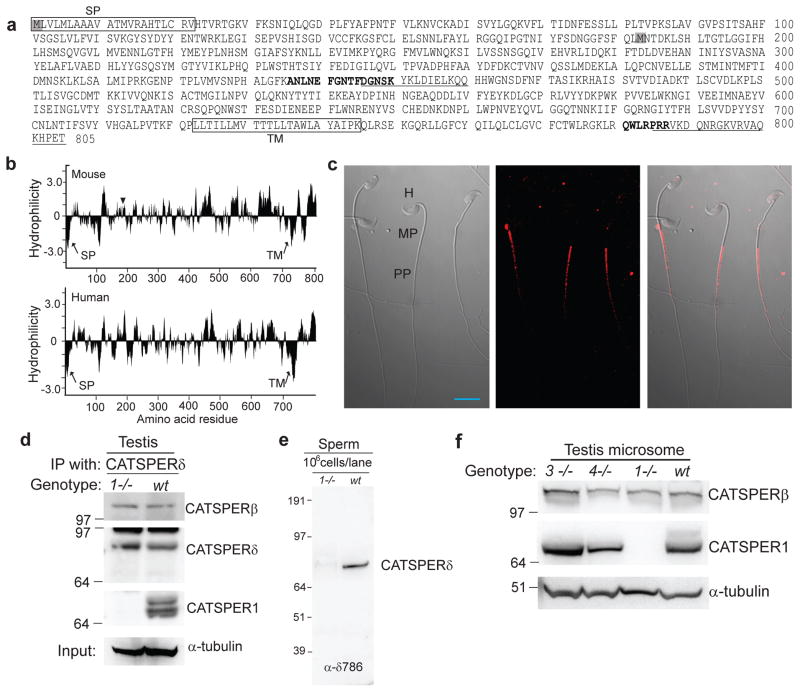Figure 3. Characterization of the CATSPERδ protein.
(a) Predicted mouse CATSPERδ protein sequences. Predicted signal peptide (SP) and transmembrane (TM) domain are boxed. The two peptides identified by mass spectrometry are in bold (amino acids 436–450 and 781–787). Two peptide epitopes used to generate antibodies are underlined (amino acids 446–470 and 786–805). The first methionines of two potential TMEM146 isoforms are shadowed in grey. (b) Hydrophilicity plots (window size, 11) of mouse (upper) and human (lower) CATSPERδ. The predicted signal peptide and the single transmembrane domain (TM) are marked by arrows. The alternative start site of Tmem146-s is marked by the arrowhead. (c) Immunostaining of mouse sperm by α-CATSPERδ (α-δ446). Left, phase contrast image. The head (H), midpiece (MP), and principal piece (PP) of the sperm are indicated. Middle, immunofluorescence; right, merged signal. Scale bar, 10 μm. (d) Interaction of CATSPER1, CATSPERβ, and CATSPERδ in wt testes (wt). CATSPERδ is associated with CATSPERβ regardless of CATSPER1 expression (1−/−). α-tubulin; input control. (e) Absence of CATSPERδ protein in CatSper1-null spermatozoa. (f) Expression of CATSPER1 and CATSPERβ in the testis of homozygous null CatSper1 (1−/−), CatSper3 (3−/−), and CatSper4 (4−/−) and wild type (wt) mice.

